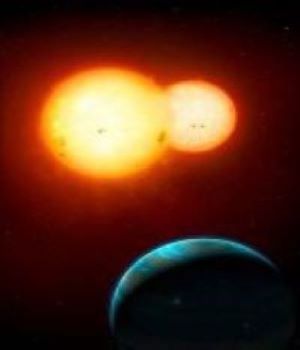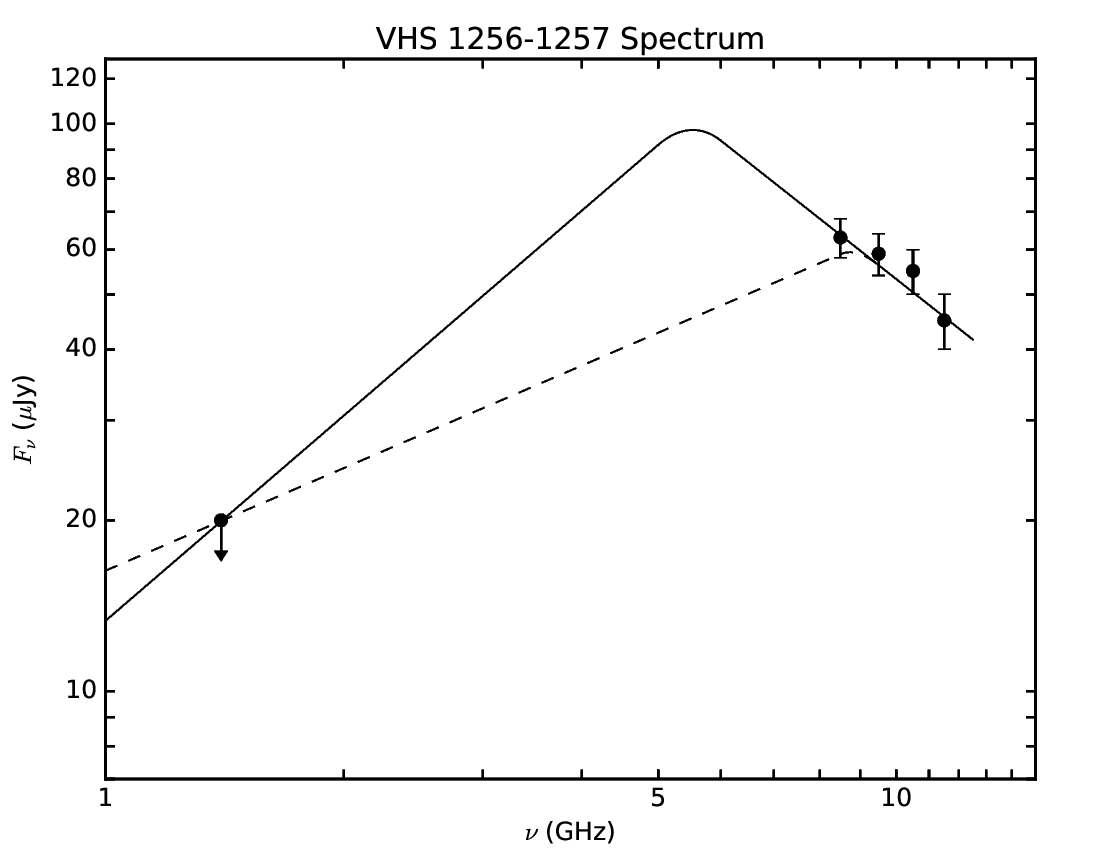
Exposicions Tesis. El proper dia 24 de setembre, dijous, a les 12:00 h, en el Saló de Graus Lise Meitner de la Facultat de Física, tindrà lloc la lectura de la Tesi Doctoral realitzada per Juan Bautista Climent Oliver, sota la direcció del doctor José Carlos Guirado Puerta (Catedràtic d'este departament).
Radio and infrared interferometry of stellar and substellar objects
In this thesis, we have used interferometry as a Swiss knife allowing us to make contributions in a number of relevant astrophysical scenarios of research where high angular resolution provides a privileged insight. Both stellar and substellar objects are the targets of our studies, which cover from asymptotic giant branch (AGB) and red supergiant (RSG) stars with very extended and cool atmospheres to ultracool low-mass objects which show extreme magnetic activity. The extraordinary resolution provided by present instrumentation, both in radio and infrared, along with their increasing sensitivity allow us to investigate, with unprecedented details, the following cases:
The first object we investigated was the substellar triple system VHS 1256-1257. This young and nearby system is composed by an equal-magnitude M7.5 binary with separation of 0.1'' and an L7 object located 8'' from the central binary. It is the third multiple system known to date in which all three components may be substellar and the separation between components makes it a perfect target for high resolution interferometry in order to determine the dynamical masses of the individual components. Additionally, the L7 source belongs to one intriguing (not yet understood) population of very red L dwarfs with likely high content of atmospheric dust or high metallicity. With such motivations, we performed multi-epoch, multi-frequency observations of this intriguing system making use of the Very Large Array (VLA) and the European VLBI Network (EVN) at 1.4 GHz (L band), 8.4 GHz (X band), and 34 GHz (K$_a$ band). Our observations discovered radio emission at X band originating in the central binary. We also estimated the spectral index between 8 and 12 GHz by making use of the 4 GHz recorded bandwidth in our X band VLA observations, giving us an indication of the spectral behavior of this system. We found an spectral index of alpha=-1.1, indicating a non-thermal, optically thin, synchrotron, or gyrosynchrotron radiation. Were this behaviour to continue down to L band, we should have detected radio emission in VHS 1256-1257 with a flux density above 300 microJy. However, we did not detect any emission from the central binary at such frequency in any of our four epochs, placing a strong upper limit of 20 microJy. At first, we attributed our lack of detection at L band either to a strong variability that weakened the radio emission in all of our epochs of observation, or to self-absorption. The first hypothesis however seems highly unlikely and, consequently, we further explored the second one arriving at the conclusion that the turnover frequency must be in the interval 5-8.5 GHz, which implies the presence of strong magnetic fields (of order of kG) in the M7.5 binary. Our data also imposes a 3sigma upper bound to the radio emission of the L7 object of 9 microJy at 10 GHz. Remarkably, we have also detected Ka band (26-40 GHz) radio emission coincident with the expected position of the central binary with a peak flux of 65 microJy. This value seems to be way above the flux expected for a dusty disk model. Additionally, this hypothesis does not seem to fit with ALMA band 7 (275-373 GHz) observations in which no emission from this object was detected.

Spectrum of VHS 1256–1257 from VLA observations.
The second object of our study was the M7, low-mass companion to AB Dor A, AB Dor C. This object is important in the calibration of stellar evolution models since such models have had some difficulties in their predictions in the case of low- and very low-mass pre-main-sequence stars, and only well-known objects with dynamically determined masses and precise photometry can be used to test and check the predictions of such models. We performed infrared interferometric observations of this object using the VLTI/AMBER instrument at J, H and K infrared bands. We found that both the visibilities and closure phases of this object at K band are compatible with a binary brown dwarf system with flux ratio of 5. This implies that the masses of components AB Dor Ca and AB Dor Cb would be 0.072 and 0.013 solar masses, respectively. The disagreement between observed magnitudes and theoretical mass-luminosity relationships would be partially alleviated by this binarity.

AMBER visibilities of AB Dor C. Different colors represent different baselines. The K-band observational data (circles) are best fitted by a binary system (discontinuous lines).
The third contribution we made was in the field of red supergiants. These objects undergo an impressive amount of mass loss but the physical mechanisms that contribute to and dominate this mass loss are still unclear. It is thought that photospheric convection may be a crucial factor of the levitation of the outer atmospheric layers in these objects. This is why we observed the RSG V602 Car with the VLTI/PIONIER instrument. With the great quality of the data obtained we were able to reconstruct images of the surface of this star at two different epochs, 2016 and 2019. In the first epoch, the reconstructed image revealed a bright arc-like feature toward the northern rim of the photospheric surface. In 2019, an arc-like feature was also seen but at a different orientation and a new peak of emission was detected on the opposite side. 3D RHD models predict substructures similar to the observed surface features of V602 Car, however, they do not successfully reproduce the observed visibility data. These results imply that convection alone may not be the only relevant process to levitate the atmospheres on RSGs.

SQUEEZE reconstruction of V602 Car at different epochs.
Our final contribution comes back to the AB Dor system, in this case to the main star, AB Dor A. This PMS star is known to be a strong and persistent radio emitter. We used the Australian VLBI Network (LBA) to obtain high angular resolution data at 1.4, 8.4 and 22.3 GHz over a decade. Our 8.4 GHz images showed a double core-halo morphology, similar at all epochs, with emission extending at heights between 5 and 18 stellar radii. When further analyzing these images, we found that there was a clear variation of the source structure within the observing time. We hypothesized that the origin of such features may be: a possible companion to AB Dor A, emission from the stellar polar caps, a flaring, magnetically-driven loop structure, or the presence of helmet streamers. Our current observations can only discard the companion scenario. We also detected AB Dor A at 1.4 GHz with the image showing a structure compatible with an unresolved source. Finally, we placed strong upper limits of 0.11 mJy, 0.04 mJy, 0.10 mJy, 0.04 mJy and 0.07 mJy for the radio emission of AB Dor C in 2007 (8.4 GHz), 2010 (8.4 GHz), 2013 (8.4 GHz), 2017 (22.3 GHz) and 2018 (1.4 GHz), respectively.

Australian Long Baseline Array (LBA) images of all our observations of AB Dor A.
Imatges:












